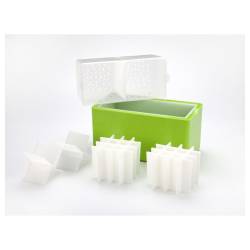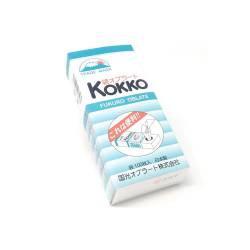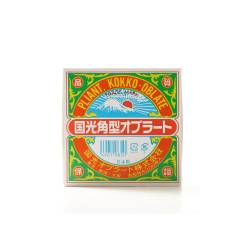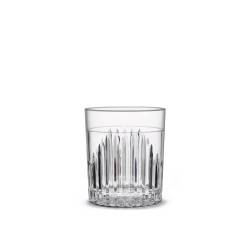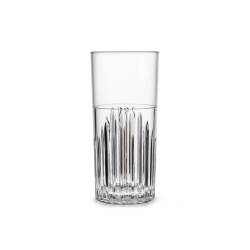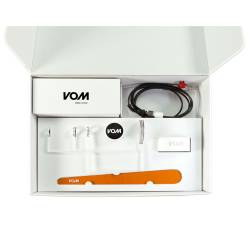Traditional cuisine or innovative cuisine?
Traditional cuisine or innovative cuisine?
Traditional cuisine is historical memory, it tends to revive tastes that have disappeared or been forgotten, it is transmission of the cultural heritage of past generations; it uses local products, cooked in a 'simple' way if it draws from the peasant world or elaborate if it refers to the aristocratic one. The purpose of traditional food is to evoke the history of a place or family, and its preparation requires slow rhythms and gestures that are always repeated in a similar way. Tools from the past are often used, and no opportunity is allowed to follow fashions.
Innovative cooking, while using the same products, makes use of new, daring techniques; unusual and sometimes extreme combinations, as well as a 'mise en place' to effect. The key word is experimenting, always looking for new flavors and textures. Some examples are fusion cuisine and nouvelle cuisine, deconstructed dishes and molecular gastronomy. This is what RGLife is all about today, through a selection of the best products for sale on RGmania.
Oblate sheets
Starting with obulate sheets, ultra-thin odorless, tasteless and transparent sheets made with potato starch, sunflower oil and soy lecithin; originating from Spain but made in Japan, they respond to the concept of "eat clean," meaning less fat and more attention to the origin of food and its sustainability, as well as to the most physical part of the food, wrapping included. Great chefs have been using them for a decade now, and it is likely that they will soon enter home kitchens as well.
Highly versatile, oblate sheets-available on our website in two versions - can be used for both sweet and savory creations, being ideal for making millefeuilles or stuffed dumplings. Free of salt, gluten or sugar and therefore also perfect for vegans and those with celiac disease, obulate sheets melt on contact with moisture and should therefore only be used in baking or frying.

The Basic Vom 100% Chef Kit
The Basic Vom 100% Chef Kit instead gives drinks and dishes a very special 'flair' through the creation of compact flying clouds filled with helium gas. In fact, its elements and accessories make it possible to generate creative shapes with the buoyancy necessary to rise into the air, ethereal agglomerates that can be served as gustatory or decorative elements to stimulate the attention of chefs, bartenders and pastry chefs.
For example, bartender Salvatore Scamardella recommends smoked black tea, a very light, nonalcoholic, nonviscous product for which a limited amount of gas and liquid is required. The principle is that the more an ingredient needs to be diluted the more neutral the bubbles will be, due to the greater amount of water that must be used.
The Ice Cube 100% Chef mold
Staying in the magical world of 100% Chef creations, the green Ice Cube ice mold is designed for the production of square or rectangular ice cubes. The special feature is the imitation of the natural freezing process of rivers and lakes, with water freezing starting from the surface, reaching the sides and the bottom, where white ice is formed that is easily removable, and super transparent shapes.
With the use of different molds, three different sizes and thus shades of ice can be obtained: simply fill with water according to size, place in the freezer, and wait for the Ice Cube 100% Chef mold.

Waf polycarbonate glasses
Sometimes even a glass can be representative of the new cuisine and a new way of drinking: this is the case with the dof Milan glass and of the hi-ball Milan tumbler in transparent polycarbonate, designed for all those environments where glass is not allowed by law: spas, beaches, swimming pools, discos.
Targeted by Waf, an Italian company that guarantees quality and innovation without sacrificing style, even with a plastic model like this one, unbreakable, BPA-free, incredibly transparent and exceptionally durable.
Long live the kitchen!
Returning to the initial question, the answer obviously lies in the tastes of individuals, and in any case we think that the best thing is to find a way of cooking that respects a slow and gradual evolution; today after all, taste has profoundly changed and the changed conditions do not allow us to appreciate the same flavors as in the past. This is basically a false problem, since the two concepts are complementary, and so, hoping to have given you some good ideas for innovative cooking, long live cooking, whether traditional or experimental!

